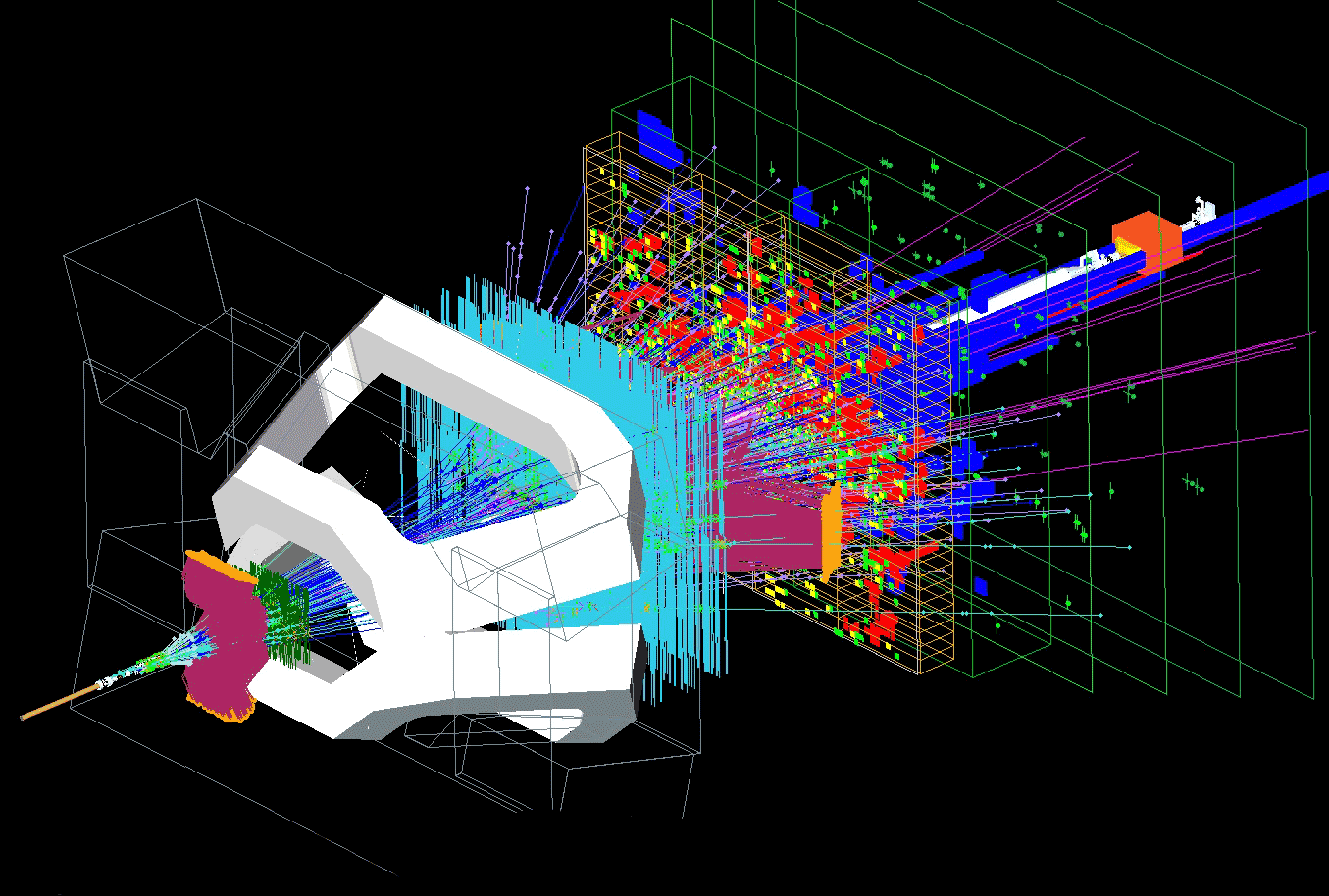The research opportunities offered by proton-lead collisions at the Large Hadron Collider (LHC) are generating increasing interest among theorists and experimentalists. During this recent run, LHCb, the asymmetric detector originally designed to study CP asymmetries and rare decays involving heavy quarks, took data with proton and ion beams for the first time. Using these collisions, the experiment can provide a different perspective on specific physics processes, so new developments may be in sight.
LHCb is a smaller detector than the gigantic multi-purpose CMS and ATLAS detectors. It is also smaller than ALICE, the detector designed in particular to study ion-ion collisions. However, LHCb has something special: it can study physics processes that involve particles scattered from collisions at very small angles and close to the collision point.
LHCb does not take data during ion-ion runs, in which a spectacular number of secondary particles are generated in each collision, making it very challenging for the forward sub-detectors to withstand the particle flux and for the experiment to manage the complex harvest of information. The proton-ion run lies in between ion-ion and the normal proton-proton operation. “For LHCb, the hybrid beam configuration is almost as manageable as the proton-proton one,” says Pierluigi Campana, LHCb spokesperson. “This applies to both the detector and the trigger and off-line systems, and we can perform particle identification down to very small angles.”

The physics potential of LHCb using proton-ion beams. The region between lines at y=2 and y=5 is only accessible with full particle identification coverage to LHCb (Image: LHCb/CERN)
Despite the fact that it can only track particles travelling in a specific direction from the collision point due to its asymmetric layout, LHCb can actually count on very powerful detectors strategically installed close to the beam line. These detectors are able to capture information about particles scattered at very small angles. “Thanks to the LHC's high-energy proton-ion run, LHCb will be able to probe far into unexplored kinematical regions of deep inelastic scattering and Drell-Yan production,” says Campana. “Its unique angular coverage will enable us to study strangeness, charm and also beauty production in regions not accessible to the other experiments.”
A few dedicated groups within the LHCb collaboration are now analysing the precious data set. The first results should be available by the summer.

